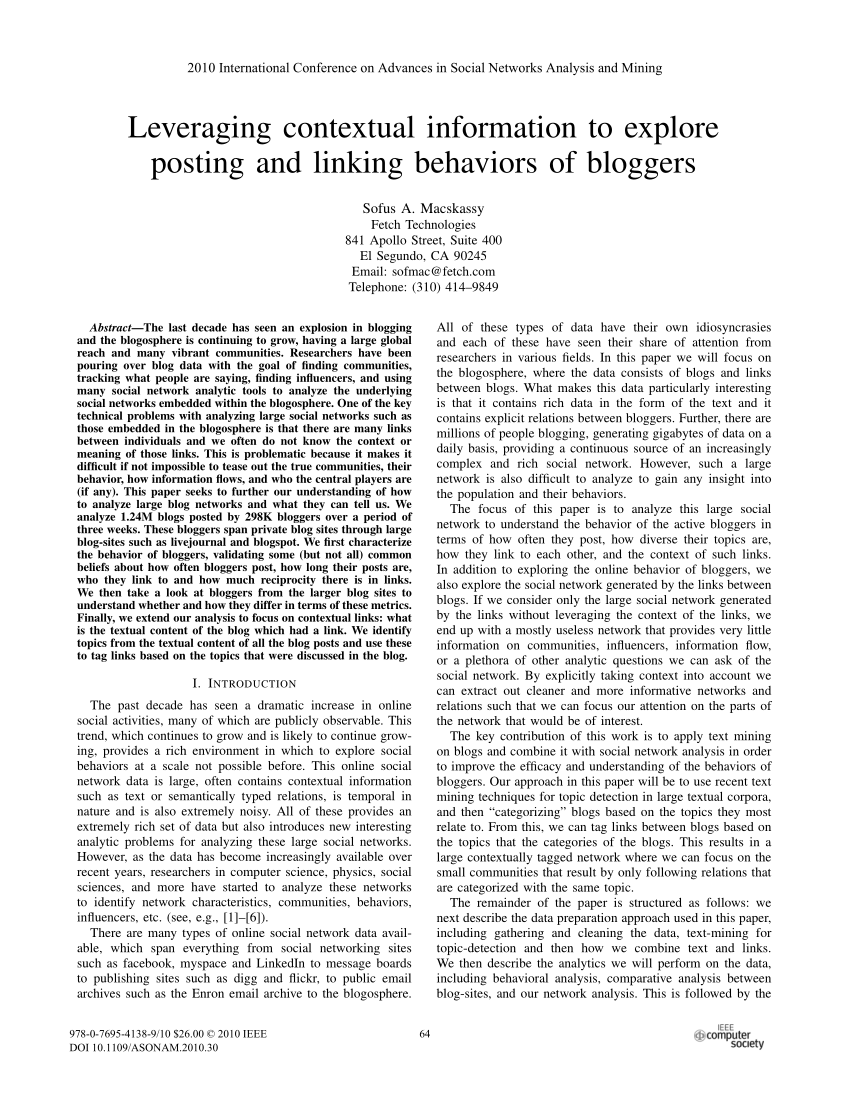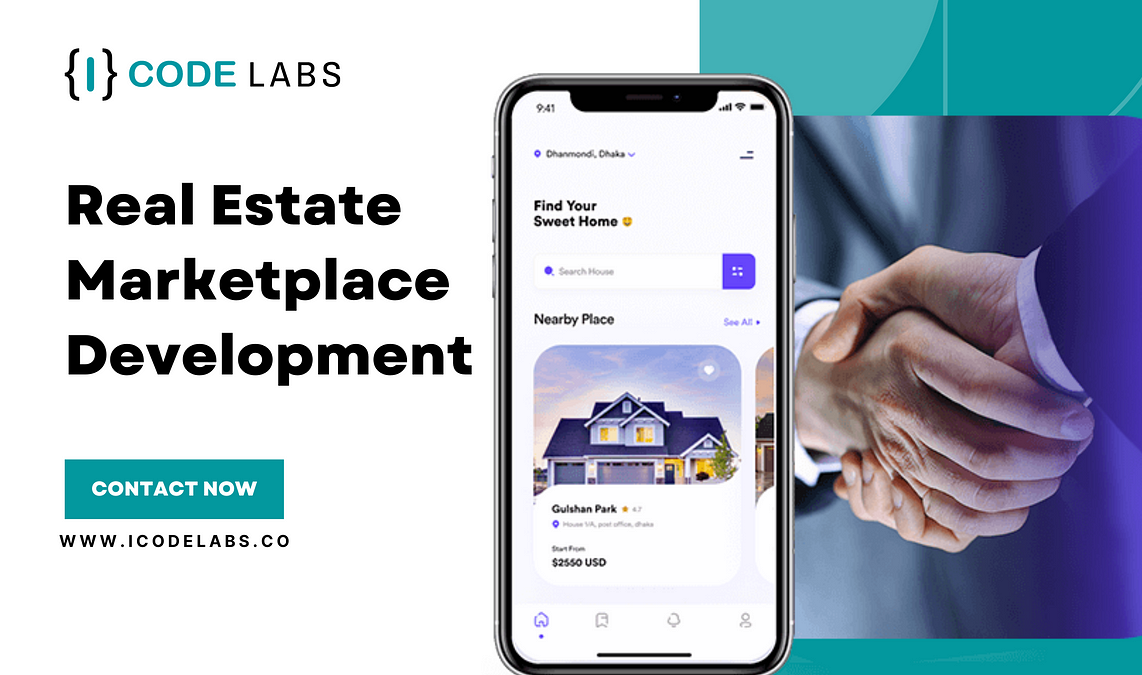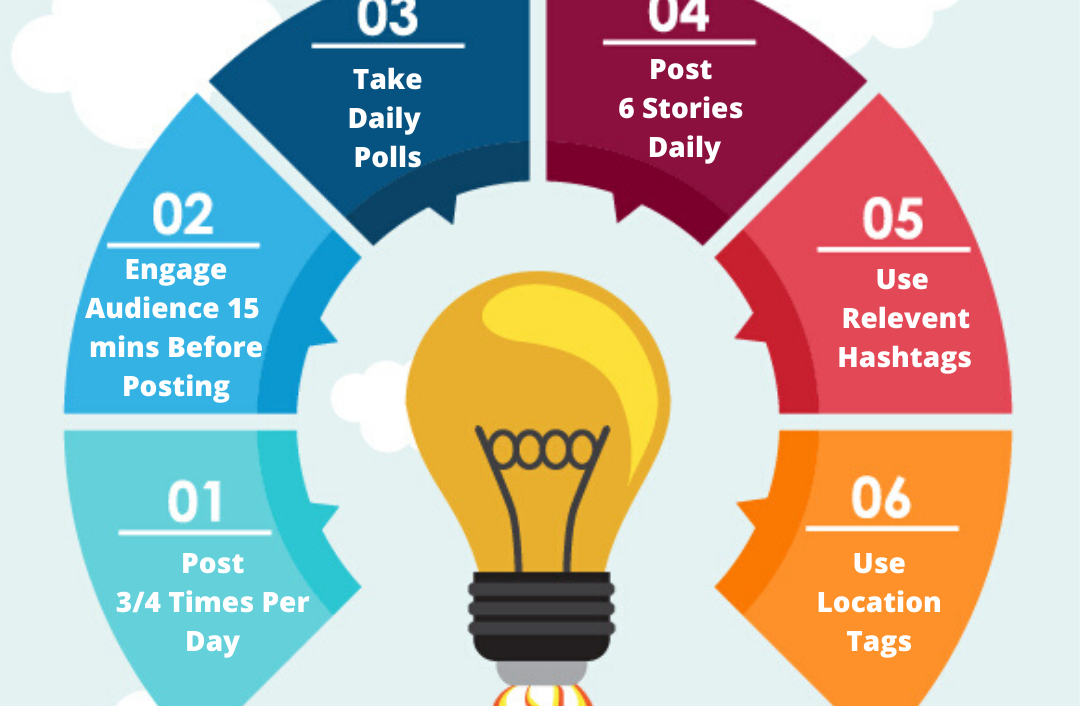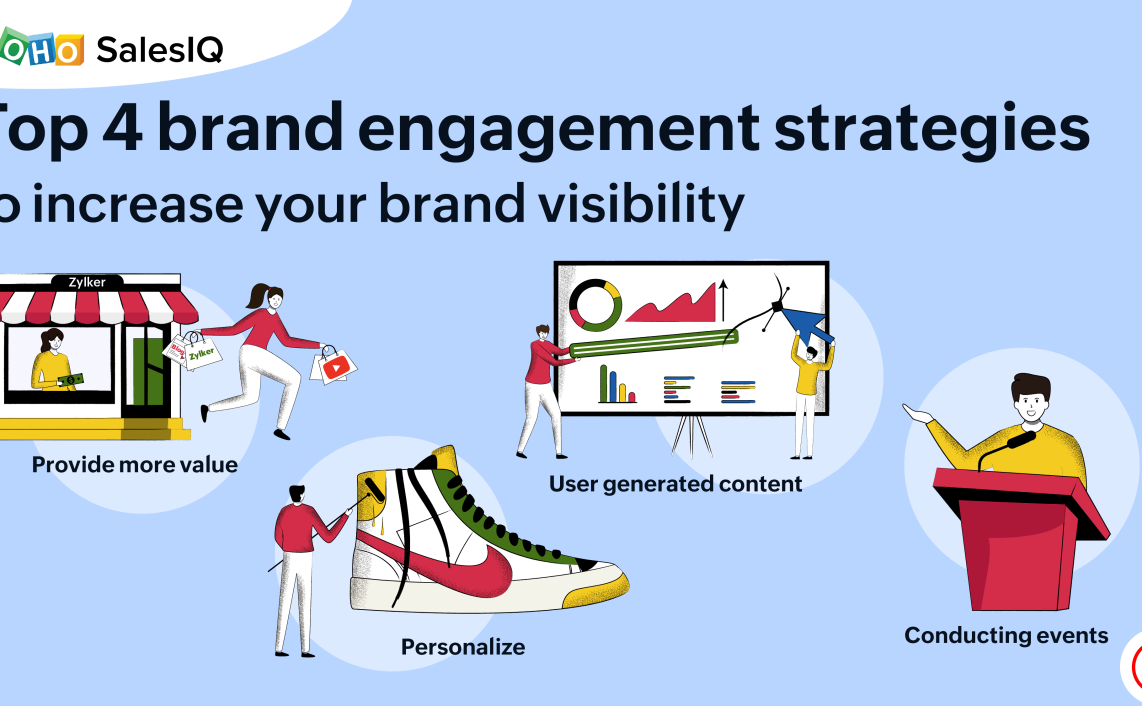Leveraging Contextual Advertising for Higher Engagement

Contextual advertising is a targeted advertising technique that places ads on web pages or apps based on the content of that page or app, rather than on user data like demographics or browsing history. This type of advertising is highly effective in increasing engagement and conversions, as it delivers ads that are relevant to the interests of the user based on context.

How Contextual Advertising Works

Contextual advertising works based on semantic analysis of the page content on which ads are published. The process is usually automated with the help of a context matching algorithm, which scans the web page for relevant keywords and phrases in order to determine the most appropriate advertisement.
For example, if a user is reading an article about home decor, contextual advertising can display ads related to furniture, home accessories, and interior design services. This is because the advertising system recognizes the semantic relevance between the page content and the products or services being advertised.
Benefits of Contextual Advertising
Contextual advertising offers several key benefits for businesses looking to increase engagement and conversions:
Increased relevance: Ads are tailored to the immediate context of the page content, ensuring high relevance and greater appeal to users.
Improved user experience: Relevant ads provide a positive and non-intrusive user experience, as they are aligned with the content being viewed.
Higher engagement: Studies show that contextual advertising results in higher click-through rates and conversion rates than traditional display ads.
Brand recall: Contextual ads help in building brand recall as they are closely associated with relevant content, which makes them more memorable.
Accurate targeting: The semantic analysis of page content ensures that ads are delivered to users who are likely to be interested, leading to more efficient targeting.
Best Practices for Contextual Advertising
To maximize the effectiveness of contextual advertising, businesses should follow best practices:
Choose relevant keywords: Identify the most relevant keywords and phrases that best describe your target audience and the context of the pages where you want to display ads.
Use high-quality content: Ensure that your ads are well-written, visually appealing, and aligned with the tone and style of the page content.
Optimize ad size and placement: Choose the most appropriate ad size and placement on the page to ensure maximum visibility without hindering user experience.
Segment your campaigns: Create different advertising campaigns for different target audiences or page contexts to deliver highly personalized ads.
Monitor and optimize: Regularly monitor the performance of your contextual advertising campaigns and make necessary adjustments to keywords, ad creatives, and targeting parameters to improve results.







